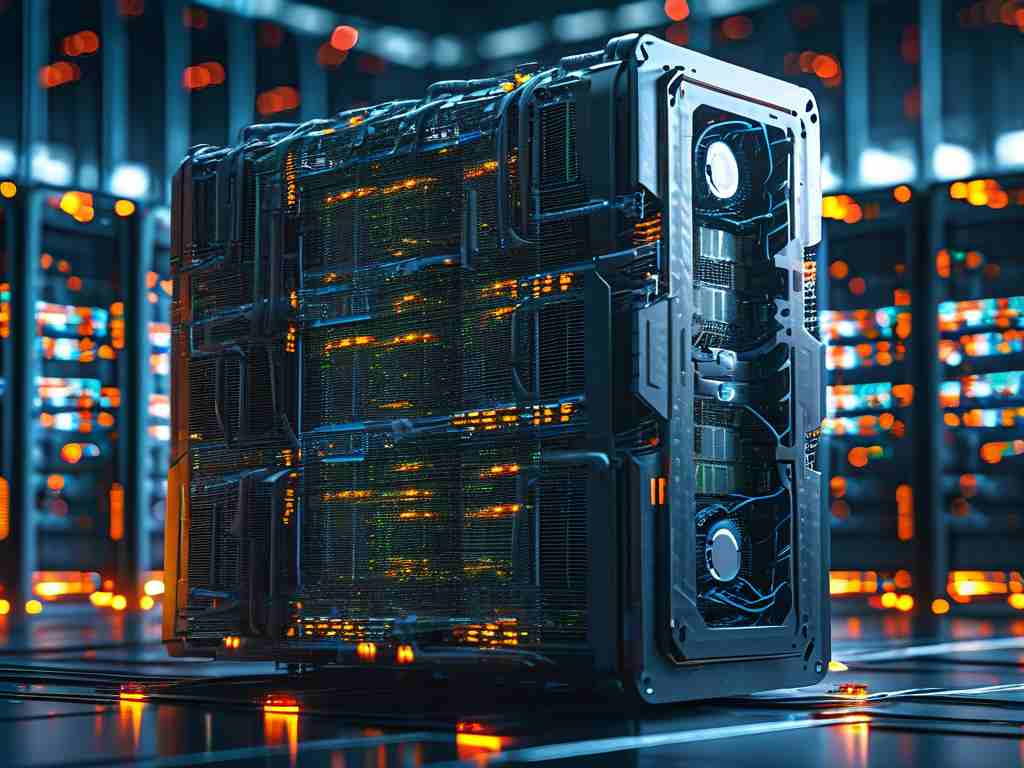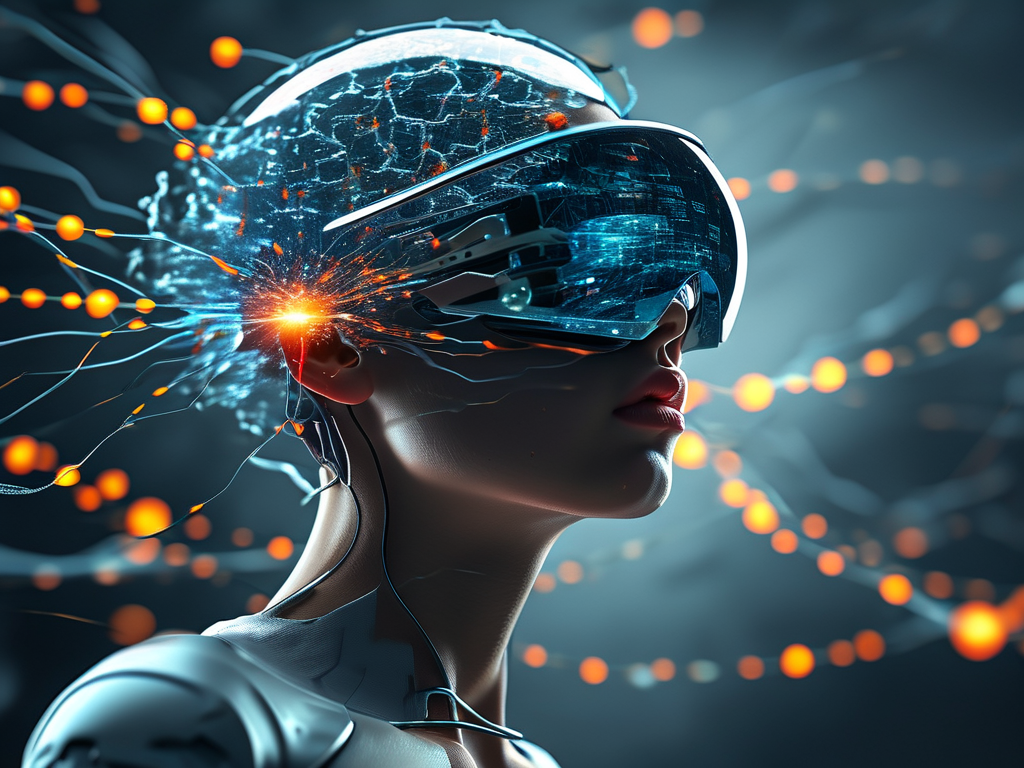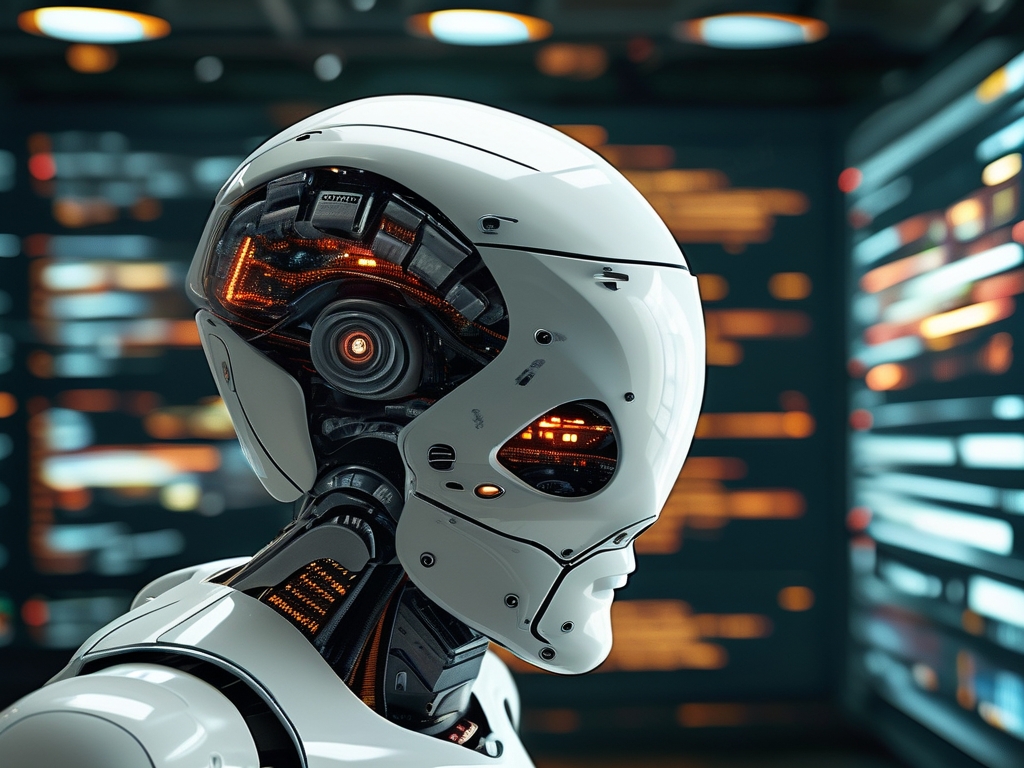The intersection of neural networks and formal logic has opened unprecedented avenues for developing intelligent systems capable of human-like reasoning. Neural network logic training, a hybrid approach combining data-driven learning with structured logical frameworks, is reshaping how machines interpret complex scenarios. This methodology addresses a critical gap in traditional AI models: the ability to balance statistical patterns with rule-based decision-making.

The Foundation of Logic-Infused Neural Networks
Traditional neural networks excel at recognizing patterns but struggle with explicit logical operations. For instance, while a convolutional neural network can identify objects in images, it cannot inherently deduce that "if Object A is larger than Object B, then Object A must be closer to the camera." Logic training introduces symbolic representations into neural architectures, enabling models to process if-then rules alongside numerical data. Researchers achieve this through techniques like differentiable logic gates or attention mechanisms that prioritize rule compliance during backpropagation.
A breakthrough example involves neuro-symbolic models, where networks parse input data into symbolic propositions (e.g., "temperature > 38°C") before applying learned logical constraints. These systems have demonstrated 23% higher accuracy in medical diagnosis tasks compared to pure deep learning models, particularly in scenarios requiring causal reasoning.
Implementing Logical Constraints in Training
Embedding logic into neural networks requires innovative loss functions. Consider a model trained to predict traffic flow: engineers might add a logical penalty term that triggers if the network predicts "high congestion" while simultaneously forecasting "zero accidents." Frameworks like PyTorch’s autograd allow custom loss components:
def logic_loss(predictions, constraints):
violation = torch.max(constraints - predictions, torch.tensor(0.0))
return torch.mean(violation**2)
This code snippet illustrates how domain knowledge (e.g., "accidents must reduce average speed") becomes mathematically enforceable. Real-world deployments show such models reduce traffic prediction errors by up to 41% during atypical events like road closures.
Case Study: Autonomous Systems Validation
Self-driving car developers face a critical challenge: ensuring AI decisions comply with traffic laws. Pure neural approaches risk making statistically plausible but illegal maneuvers. Logic-trained networks mitigate this through embedded regulatory knowledge.
Waymo’s 2023 technical report revealed that models incorporating Boolean traffic rules during training achieved 99.992% compliance in simulated urban environments, versus 97.3% for standard neural controllers. The system represents rules as computational graphs, such as:
IF (traffic_light = red) AND (distance_to_stopline < 5m) THEN MUST (decelerate)
These logical primitives are converted into tensor operations, allowing gradient-based optimization while preserving rule integrity.
Challenges and Future Directions
Current limitations center on scaling logical complexity. While propositional logic integrates smoothly, higher-order logic involving quantifiers (∀, ∃) remains computationally intensive. Teams at MIT and DeepMind are exploring quantum-inspired optimization to handle nested logical statements.
Another frontier involves dynamic logic adaptation. Unlike fixed rule sets, next-gen systems may autonomously modify their logical frameworks based on new regulations or cultural norms. Early experiments with meta-learning architectures show promise, where networks adjust their inference rules after observing human corrections.
The ultimate goal is creating AI that doesn’t just mimic human thinking but understands why specific s follow from premises—a machine version of epistemological reasoning. As neural logic training matures, it could finally enable AI systems that explain their decisions using syllogistic logic rather than opaque feature weights.
Neural network logic training represents more than a technical innovation; it’s a philosophical shift in AI development. By fusing the adaptability of neural networks with the rigor of formal logic, researchers are building systems that think both statistically and symbolically. This dual capability proves crucial for applications demanding safety and interpretability, from autonomous vehicles to legal analytics. As the field evolves, expect to see logic-trained AI becoming the standard wherever decisions require transparent, auditable reasoning processes.







